Graduate Students Practice Traditional Medicine In Mexico With the Goal of Providing Whole Person Care in the Future
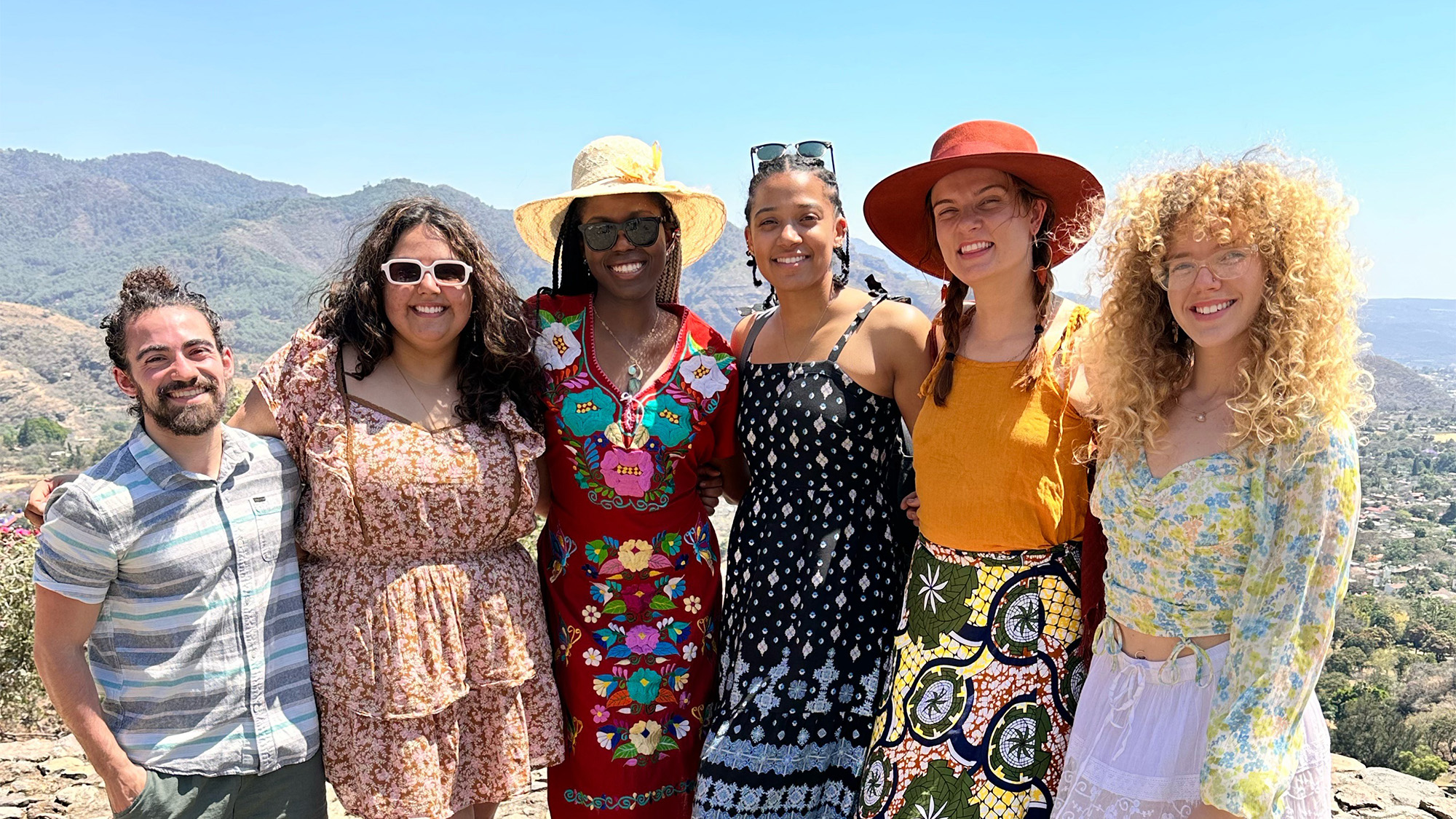
Posted in GUMC Stories | Tagged Biomedical Graduate Education, global health, integrative medicine, Master of Science in Integrative Medicine and Health Sciences Program, student experience
(April 12, 2024) — Understanding how a patient’s cultural background may impact their health is an important skill for health care providers. Over 10 days this March, six Biomedical Graduate Education (BGE) students put that value into practice by traveling to Mexico to learn about Curanderismo, a traditional healing system of the Americas. The students visited indigenous holy sites, learned about the nutritional benefits of locally sourced food, and participated in healing practices such as temazcal and limpia.
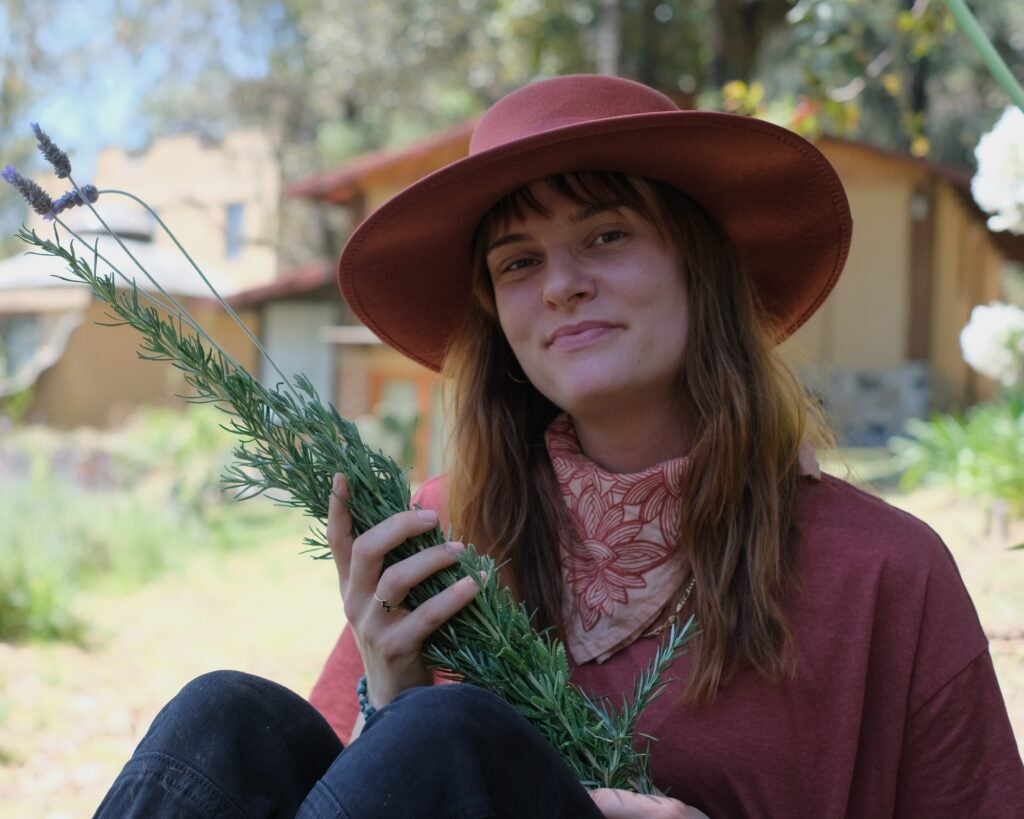
“I really believe in learning by doing,” said Hannah Tytus (G’24), who spearheaded organizing the trip for herself and fellow classmates in the Master of Science in Integrative Medicine and Health Sciences (IMHS). IMHS students undertake rigorous scientific, evidence-based coursework to learn how to assess and appreciate the efficacy of complementary and integrative medical practices (CIM) such as East Asian medicine, Ayurveda, Unani-Tibb medicine, naturopathy and their affiliated practices. The program is celebrating its 20th anniversary this year.
“The immersive service-learning opportunity experienced by our students complements the IMHS graduate curriculum, critically addressing a gap in mainstream medical pedagogy,” said Hakima Amri, PhD, professor of physiology and biochemistry and director of the IMHS program. “Our students were eager to explore the traditional healing modalities of the Americas.”

Encouraging Communication About Traditional Medicine
After surveying the program’s curriculum during her first semester at Georgetown, Tytus noticed an opportunity to deepen the study of traditional medicine of the Americas in addition to the program’s rich engagement with globally diverse medical systems.
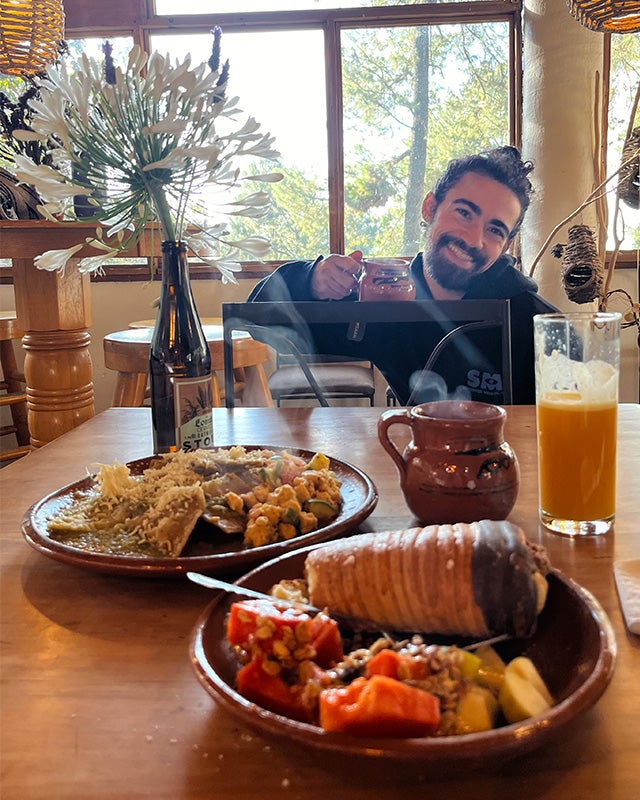
“It’s important to study the beliefs and practices of the people of the Americas, whose unceded lands we inhabit. Many of us will become practitioners ourselves, and we cannot serve people well when we do not understand their experiences,” said Tytus. Many graduates of the IMHS program later attend medical school.
Research conducted by the National Institutes of Health found that in some parts of the U.S., particularly the Southwest, between 50 and 75% of people use Curanderismo but are hesitant to communicate this information with their health care providers. For many CIM modalities, not just Curanderismo, there is a lack of communication between patients and providers — this is a dangerous precedent, said Amri. For example, patients who take Ginkgo biloba to improve memory don’t always share that information with their doctor, despite the fact that the supplement can interact with other drugs the patient may have been prescribed.
“Our students’ training in evidence-based CIM will provide greater knowledge, enabling us to better communicate with patients and meet them where they are to create a safer environment for patients to freely share relevant information about all of their practice,” said Amri.
Spiritual Care for Mind and Body
Tytus described Curanderismo as a holistic system of physical, emotional, mental and spiritual medicine. It is predicated on principles of healing through community and a reciprocal relationship with the land. To better understand the spiritual practices of the Mexican people, students visited the pyramids of Xochicalco and Cuauhcalli guided by an anthropologist specializing in Curanderismo and Mexican cultural studies.
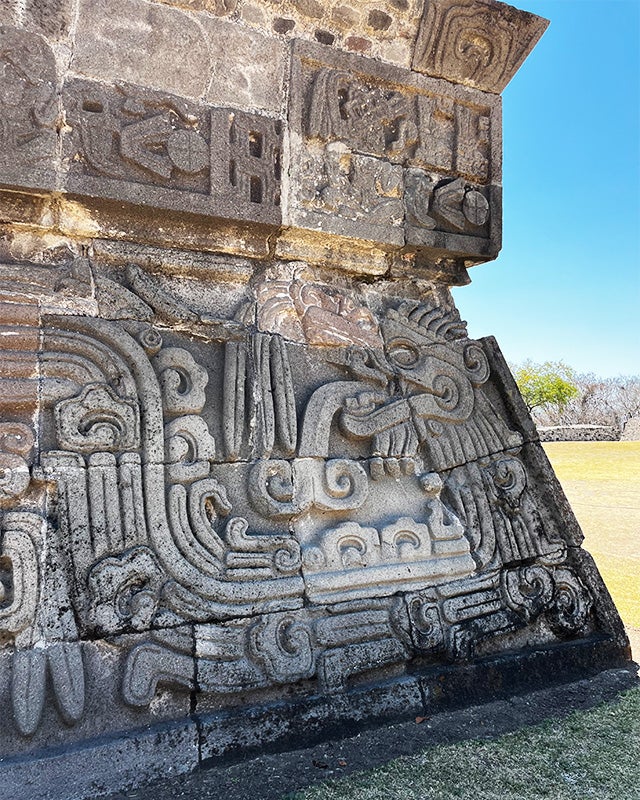
“These places are both historical and active sites,” said Tytus. “While we were onsite learning about ruins through an academic lens, an elder and his calpōlli (social group) were engaged in a ceremony, making an offrenda as they beat their drum in procession up the mountain.”
The visits to the spiritual sites left students with a profound sense of appreciation for the engineering skills and artistry of the Mexica people.
“These sites are meticulously crafted, architecturally impressive and symbolically complex, and we were left with a recognition of the profound sense of loss of knowledge because information related to Curanderismo is sometimes considered less well-preserved than other forms of traditional medicine,” said Tytus. Recently, there has been renewed interest in preserving knowledge and rebuilding practices around locally grown foods and medicinal plants.
Students learned about the Mexica people’s approach to the healing power of food while staying at the Kinamik Retreat Center in Huitzilac, Morelos. Among the traditional “foods as medicine” that the group tried was atole, a nourishing drink made from corn grown specific to that region of Mexico.
Learning by Doing
Students were able to practice two forms of Curanderismo during their cultural immersion at Kinamik, temazcal and limpia.

“Temazcal is a sweat lodge where community members come together for group therapy, births or celebration,” explained Ely Sibarium (G’24).
In creating a temazcal, animal pelts or blankets are used to cover a domed wood structure, where inside hot stones and water are used to warm the space. “The construction process itself is a ceremony; each participant has a role and each component has a significance,” explained Tytus. Traditional songs are sung in a prescribed sequence, and participants are also invited to share their feelings in a supportive group environment.
“It’s an incredible feeling inside. You feel the warm air circulating and you can smell the copal,” said Sibarium. Copal is resin from a local tree in Mexico that smells similar to frankincense and has antimicrobial and anti-inflammatory properties.
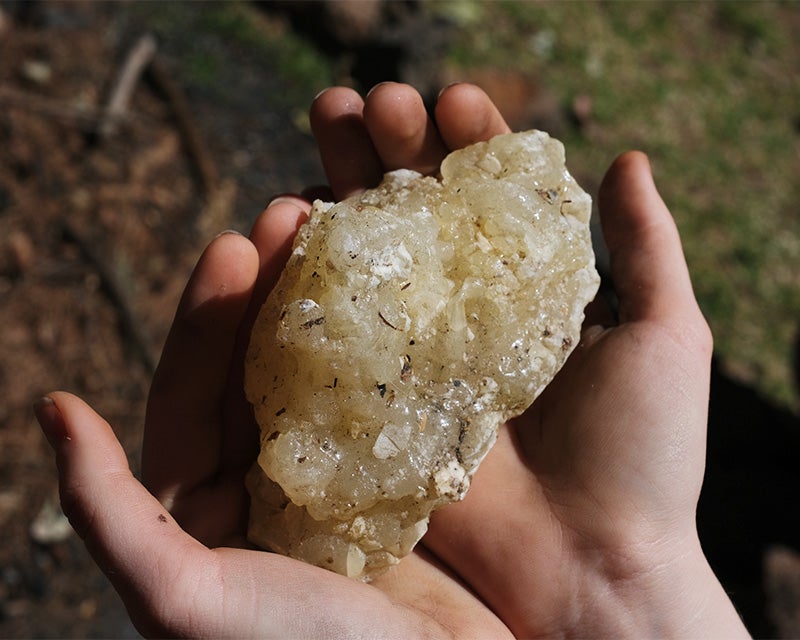
Air within the temazcal circulates from bushels of herbs being swept across participants’ bodies through the practice of limpia, a cleansing ritual where a healer evaluates the energetic needs of a person and uses bundles of local herbs and tree branches in sweeping motions over lymph nodes to detoxify the body and spirit.
“Limpia is really a beautiful art tied to helping with anxiety, depression, trauma, instilling confidence, and self-love,” said Delaney Dockstader (G’24).
“There is evidence of the benefits of these sophisticated traditions,” said Amri. “Biomedicine recognizes the detoxifying effects of sweating lodges, and saunas are now being prescribed.” Amri added that aromatherapy like the use of copal and essential oils, eating fresh seasonal food, and drumming as music therapy are all health care modalities increasingly practiced worldwide.
Holistic Care, Healthy Outcomes
The IMHS program teaches that understanding traditional Curanderismo practices can have an important place in treating the whole person.
“Holistic care for some patients requires going beyond biomedical and pharmaceutical frameworks to work collaboratively with patients to incorporate their whole personhood,” said Tytus.
IMHS graduates’ knowledge of traditional medicine sets them apart among future cohorts of physicians.
“We live in a diverse country, and our graduates will have knowledge to help them communicate with patients across different cultural backgrounds,” said Amri.
Heather Wilpone-Welborn
GUMC Communications
The trip participants would like to thank the following leaders in the field of ethnomedicine who helped make it possible. Among the host country participants were Arturo Ornelas, DNM, director of the CEDEHC center in Cuernavaca; Juan Carlos Solano Alcocer, a practitioner of Curanderismo, affiliated with the University of the State of Morelos; Professora Elsa Guzman Gómez, Facultad de ciencias agropecuarias, Universidad Autónoma del Estado de Morelos; and Sofia Chavez, DNM, an expert in Curanderismo from Denver Public Health.
